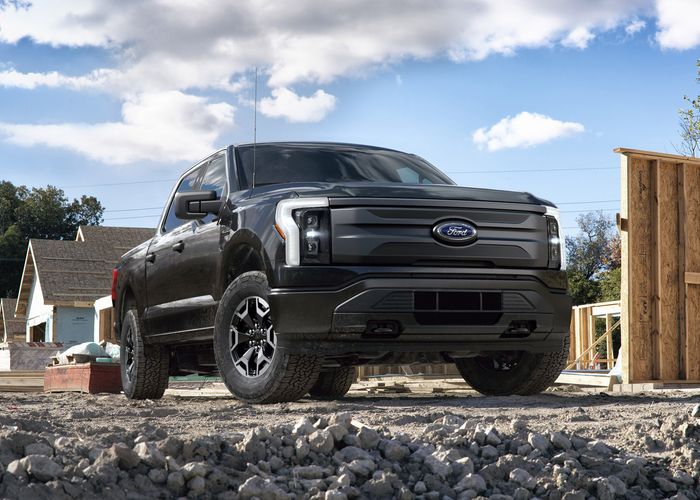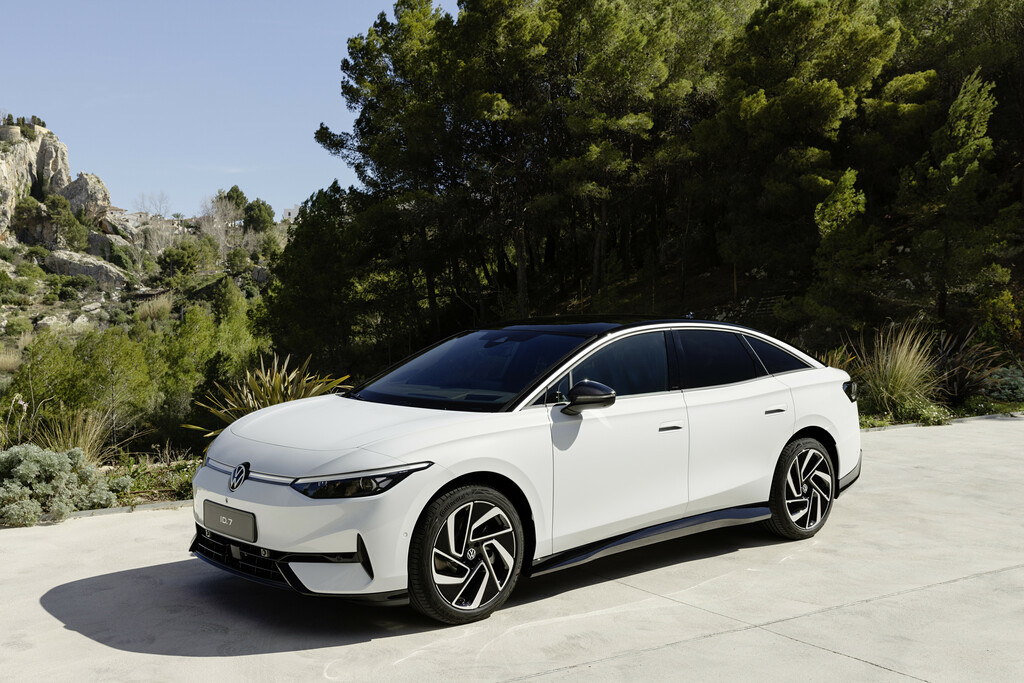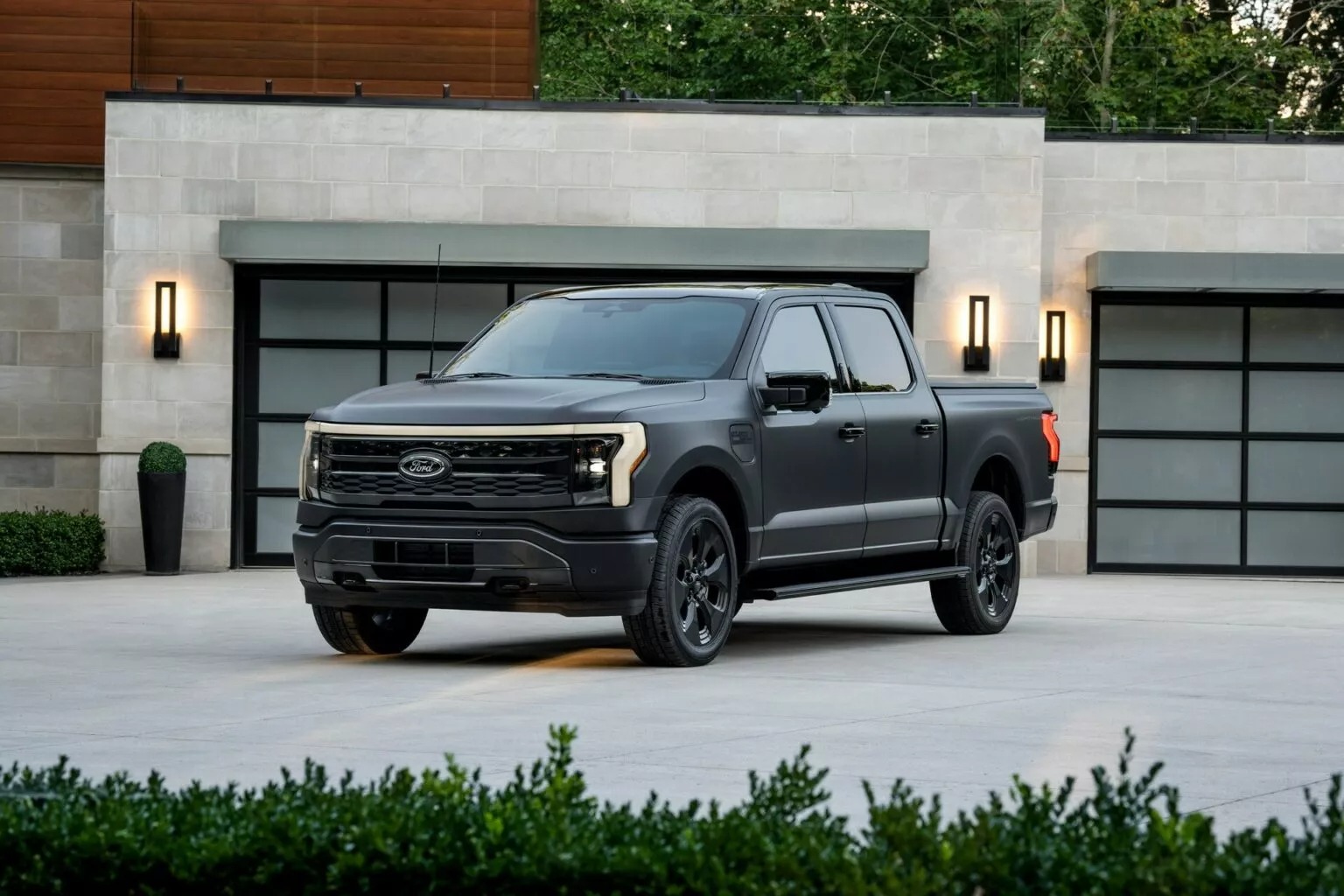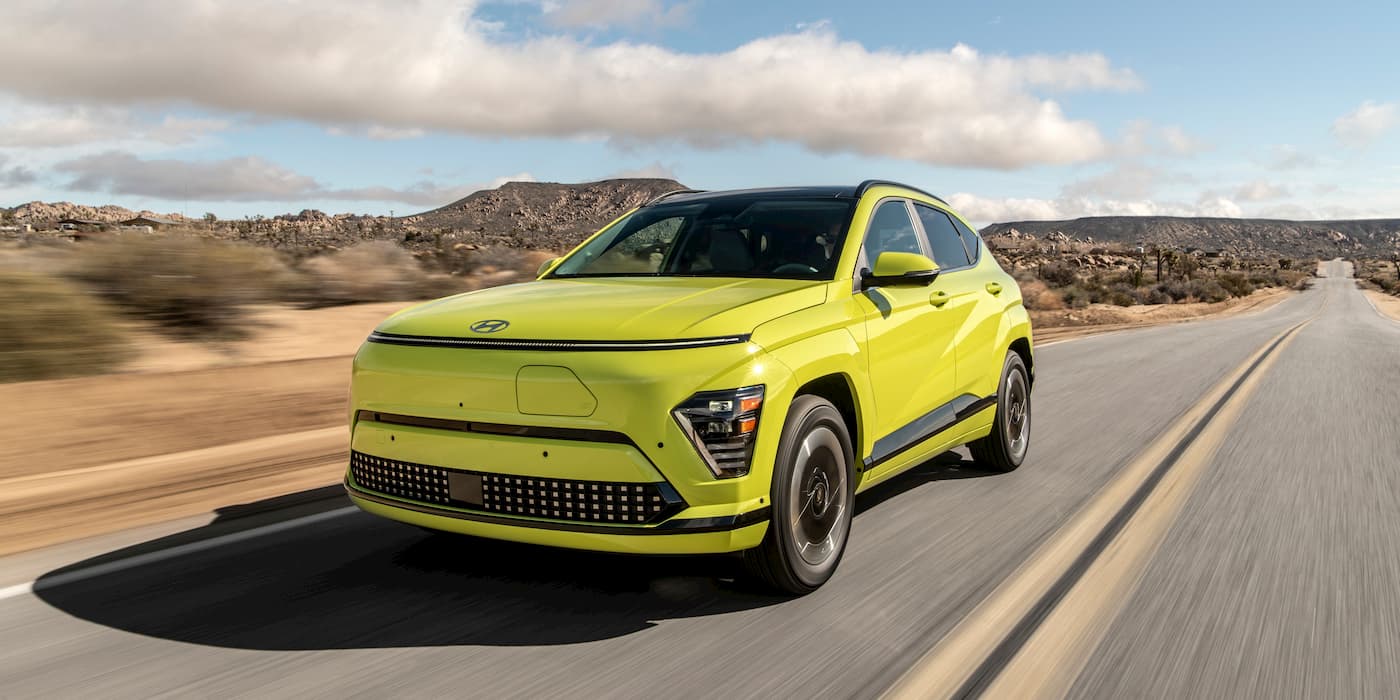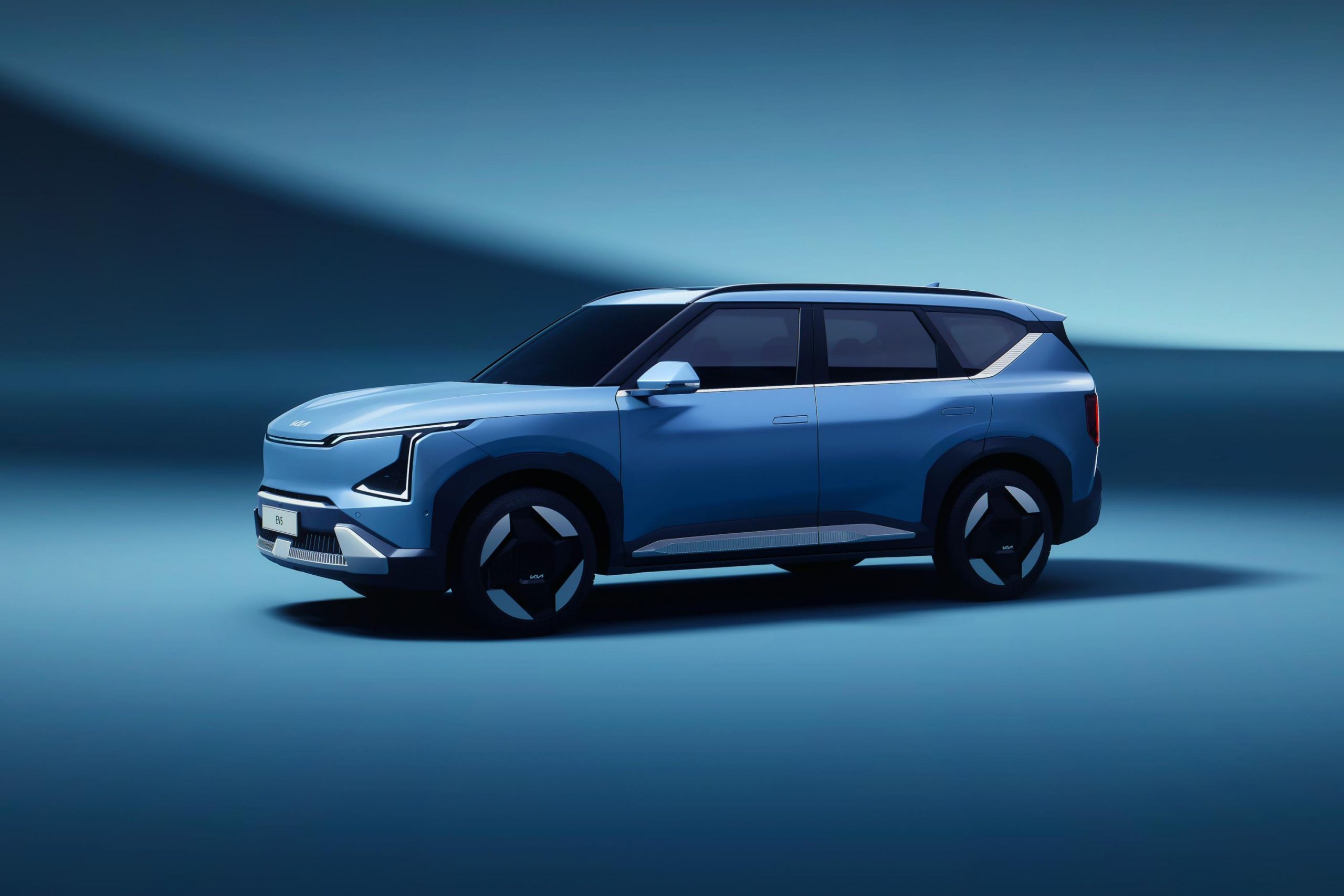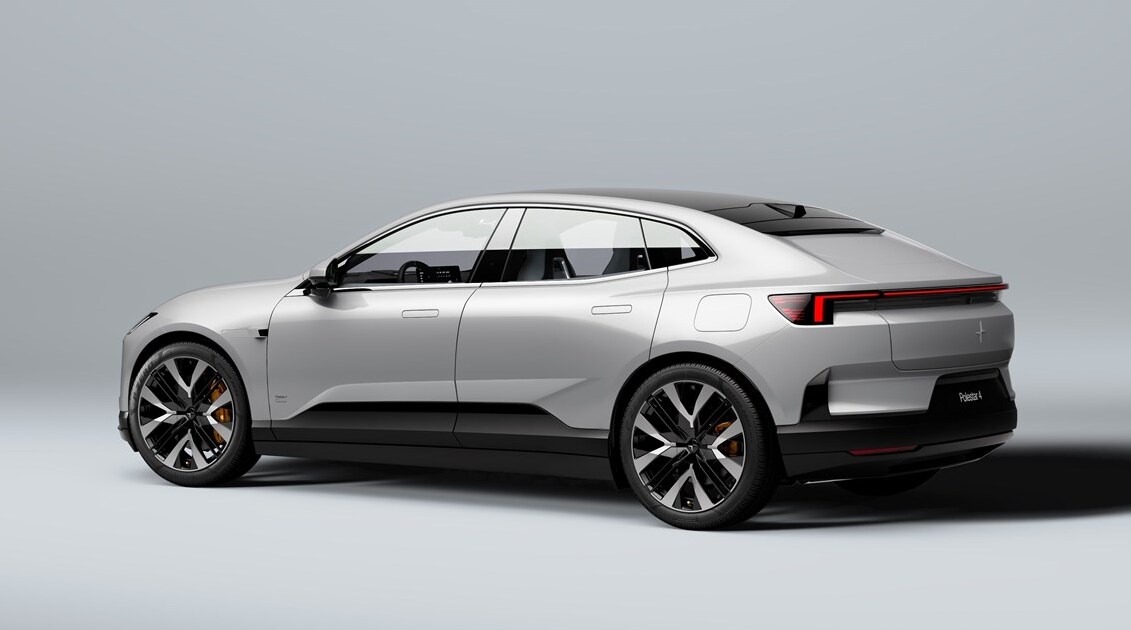In a recent voyage spanning 1,100 miles between California and Nevada, Ford’s CEO, Jim Farley, undertook a transformative expedition behind the wheel of the F-150 Lightning. The journey not only served as an exploration of the capabilities of Ford’s electric masterpiece but also as a unique opportunity to connect with individuals along the route and put charging facilities to the test. A significant highlight of Farley’s journey was his insightful stop at the renowned Laguna Seca during the Monterey Car Week, where an engaging conversation ensued with Ryan Levenson from The Kilowatts, offering an unfiltered view into Farley’s observations and reflections.
Levenson delved into Farley’s key takeaways from the F-150 Lightning road trip, prompting an unexpected twist in the discourse. While conventional discussions typically revolve around “range anxiety,” Farley introduced a novel perspective, terming it “charging anxiety.” He recounted a vivid scene from a charging stop in Coalinga, a central Californian city, where the dynamics at a charging station painted an intriguing narrative.
Contrasting the scene, Farley depicted Tesla owners cocooned within their vehicles, seemingly disconnected from their surroundings, immersed in streaming content on a sweltering 110-degree day. Meanwhile, a unique camaraderie seemed to blossom among Ford, Kia, and Hyundai owners, who found themselves huddled together, engaged in lively conversations. The backdrop featured a sparse distribution of charging stations, with a solitary 350 kW charger overshadowing a collection of slower alternatives. For many embarking on their inaugural long-distance electric journeys, the experience proved both challenging and uncharted.
During the dialogue, Farley also illuminated a promising avenue for future improvements in the charging landscape. Ford’s strategic announcement on May 25, 2023, sent ripples through the electric vehicle domain: a revelation that Ford’s EVs would gain access to over 12,000 Tesla Superchargers in the United States and Canada, facilitated by an innovative adapter, beginning in 2024. Additionally, as of 2025, Ford plans to incorporate built-in NACS connectors into its EV models, enhancing the accessibility and convenience of charging infrastructure.
Farley’s satisfaction with the integration of Tesla’s charging technology into Ford’s ecosystem was palpable. The pivotal shift was catalyzed by the arrival of Doug Field, assuming the mantle of Chief Advanced Product Development and Technology Officer at Ford in September 2022. This strategic move prompted a comprehensive reassessment of charging solutions, ultimately leading to a compelling comparison between the established norms and Tesla’s innovations.
The candid conversation also pivoted towards the evolving landscape of collaboration within the automotive sector as it journeys towards electrification. Farley emphasized the indispensability of partnerships in the electric vehicle era, underscoring their role in enhancing the end-user experience. Notably, he highlighted the contrast between the traditional combustion engine competition and the emerging norms of collaboration and cooperation in the electric domain.
Farley’s candid remarks encapsulated a resounding call to action. The pressing need to address charging challenges resonated as he underscored the collective responsibility of the industry to ease the transition for consumers. These sentiments prompted Ford’s proactive stance in adopting the NACS standard and the strategic segregation of their EV business, fostering a new mindset tailored to the unique demands of the electric landscape. Farley’s assertion that digital electric realms necessitate a redefinition of relationships, where even competitors find common ground, echoed the changing dynamics of a rapidly evolving industry.

